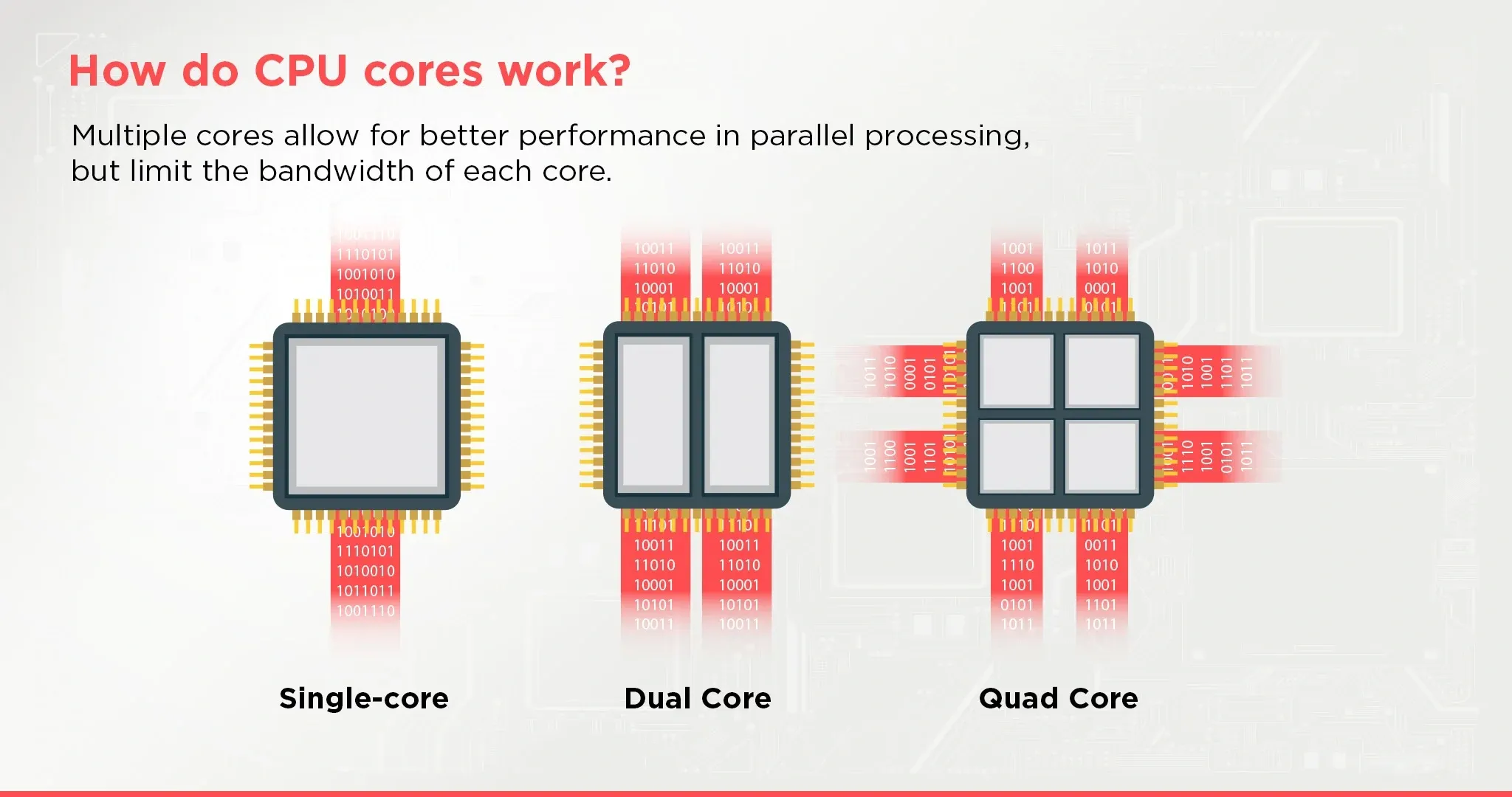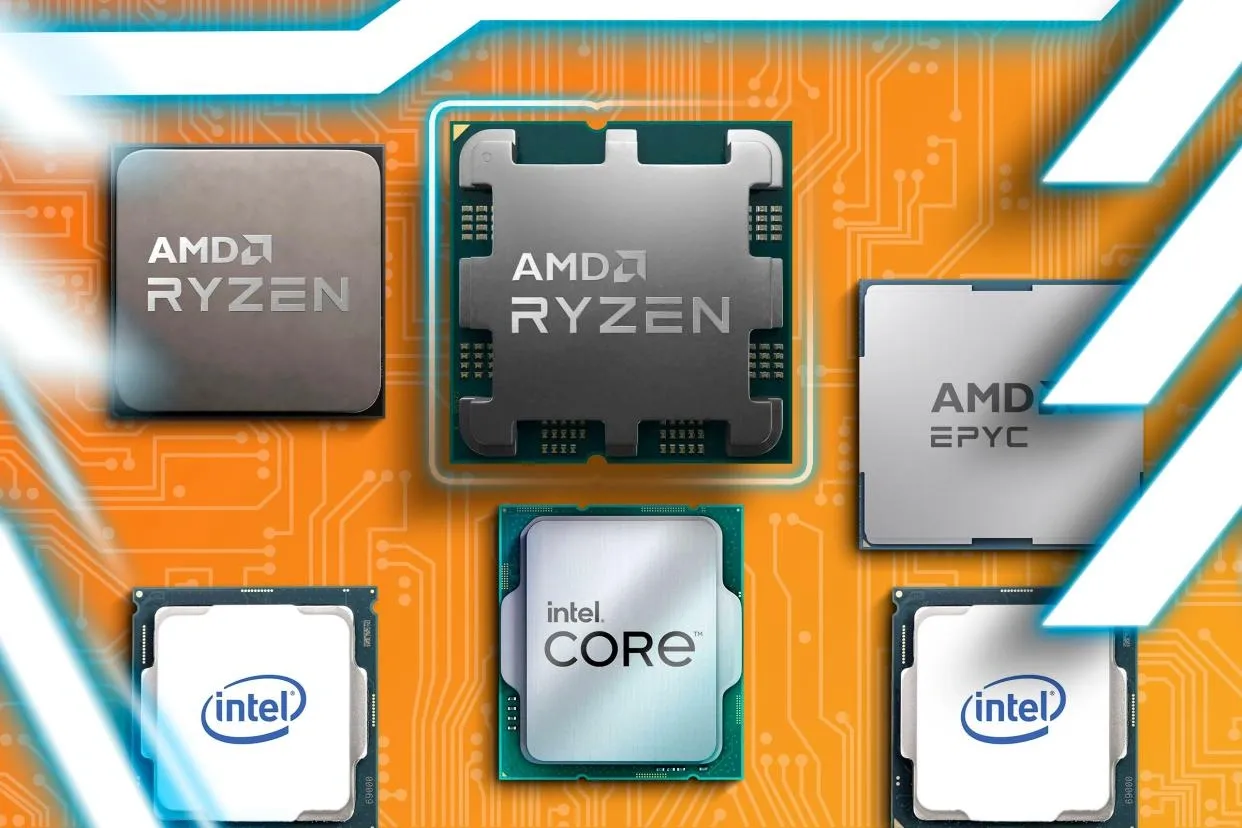In an era where multi-core processors dominate headlines, the importance of single-core CPU performance often goes overlooked.
However, many real-world applications and workloads still rely heavily on the performance of a single processing core.
This makes single-core performance a critical metric, even in today’s multi-threaded computing landscape.
What is Single-Core Performance?
Single-core performance refers to how efficiently a single CPU core can execute tasks.

This metric is crucial for workloads that are either inherently sequential or not optimized to leverage multiple cores. Improving single-core performance enhances:
-
Application Responsiveness: Faster execution of individual tasks ensures smoother user experiences.
-
Legacy Software: Many older applications and systems are designed to run on a single core.
-
Gaming: Most games rely on high single-core performance for rendering and physics calculations.
Why Does Single-Core Performance Still Matter?
Even with the rise of multi-core processors, there are scenarios where single-core performance is indispensable:
1. Latency-Sensitive Applications
Tasks like UI rendering, real-time analytics, and financial computations often prioritize responsiveness over throughput. These workloads benefit from the fastest possible execution on a single core.
2. Software Bottlenecks
Some software, especially legacy applications, cannot effectively utilize multiple cores. In such cases, single-core performance dictates the overall speed of execution.
3. Gaming and Creative Workloads
For gaming, tasks like rendering, AI, and physics simulations often run on a single thread. Similarly, creative software like Photoshop relies on single-core performance for tasks such as applying filters.
4. Compiler and Kernel Dependencies
Low-level tasks, including compiling code or handling kernel operations, are often single-threaded. This makes single-core performance crucial for developers and system administrators.
The Role of Modern Architectures

Modern processors are designed to balance multi-core scaling with single-core performance. Innovations like boost clocks, branch prediction, and cache optimizations ensure that single-core performance remains competitive:
-
Boost Clock Speeds: Temporarily increasing the clock speed of a single core for demanding tasks.
-
Improved Cache Mechanisms: Features like AMD’s Smart Data Cache Injection (SDCI) reduce memory latency and enhance single-threaded workloads.
-
Enhanced Instruction Pipelines: Optimized pipelines ensure faster execution of sequential instructions.
How to Assess Single-Core Performance
Single-core performance is typically measured using benchmarks like:
-
Cinebench R23 (Single-Core Test): Popular for assessing real-world performance.
-
Geekbench Single-Core Score: Evaluates processing power for everyday tasks.
-
SPEC CPU Benchmark: Focuses on CPU-intensive workloads.
-
For consumers and businesses, these benchmarks offer insights into how a processor handles single-threaded tasks.
While multi-core processors drive modern computing, single-core performance remains a cornerstone of system efficiency and usability.
Whether it’s powering legacy applications, improving gaming experiences, or ensuring responsive interfaces, single-core performance has a lasting impact on day-to-day tasks.
As advancements in CPU architectures continue, striking the right balance between single-core and multi-core performance will remain a key focus for chipmakers and a vital consideration for end-users.







